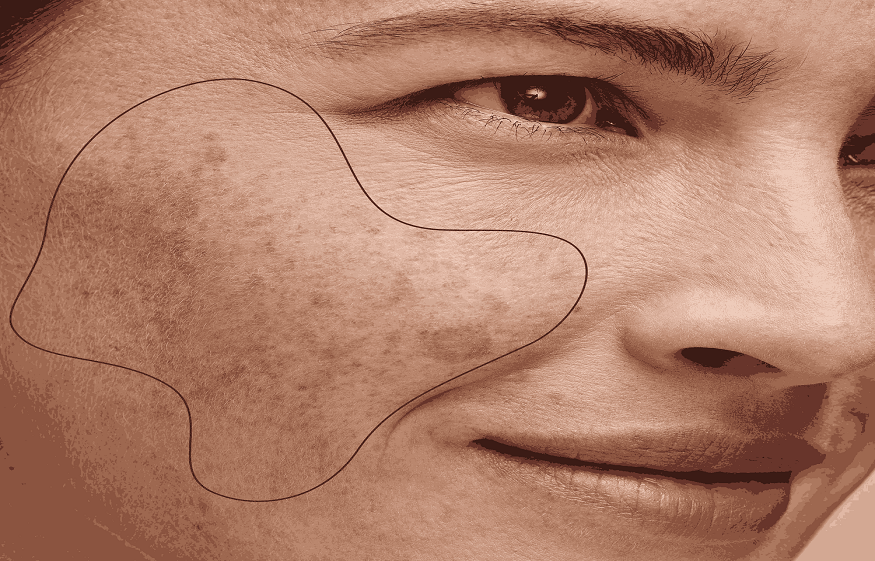When we discuss pigmentation, we typically refer to an uneven skin tone resulting from melanin overproduction in specific areas of the skin. We all face hyperpigmentation issues at some point in time. It may be due to sun damage, acne scars, hormonal changes, or aging; the stubborn dark marks can be frustrating to deal with.
Over the years, you must have tried multiple products, hoping something would make a difference. On that note, you’ve probably seen glycolic acid mentioned everywhere in skincare lately! But does it help with pigmentation treatment, or is it just another trendy buzzword? Let’s cut through the hype and get into the real talk.
Why use glycolic acid?
Glycolic acid is a type of AHA (Alpha Hydroxy Acids). Its tiny molecules penetrate deeper into the skin, helping to speed up cell rejuvenation. This makes it effective for fading dark spots and uneven skin tone. Not only that, but it also helps to improve the overall texture and appearance of the skin.
The science-backed benefits of glycolic acid
Are you unsure whether glycolic acid is worth adding to your skincare routine? Here are some of the glycolic acid benefits when it comes to tackling hyperpigmentation:
- Exfoliates dead skin cells: Glycolic acid is effective in fading dark spots by exfoliating the top layer of discolored skin.
- Boosts healthy skin cells: It aids in faster skin cell turnover. Therefore, it improves the appearance of discoloration over time.
- Enhances product absorption: It helps to prep your skin for better absorption of other products, be it moisturizer or sunscreen.
Guide to Use Glycolic Acid in Your Skincare
You can find glycolic acid in a variety of skincare products, each offering different levels of intensity:
- Cleansers: Mild for daily use and good for beginners.
- Serums: They offer more targeted treatment with higher concentrations.
- Peels or masks: They deliver deeper exfoliation and are best used once a week.
Start with a lower concentration (around 2–7%) and build up slowly as your skin adjusts.
Tips for using glycolic acid safely
Before you incorporate glycolic acid into your skincare routine, it’s important to understand how to use it safely. Here are some essential tips to help you get the best results without harming your skin.
- Start slow: Try to use it 2–3 times a week at first, especially if you’re new to acids.
- Always wear SPF: When you use AHAs, it makes your skin more sensitive to the sun; therefore, it is mandatory to use sunscreen with high SPF along with broad-spectrum protection.
- Moisturize well: Glycolic acid can dry out your skin, so always follow up with a non-comedogenic moisturizer.
How Long Does It Take to Get Visible Results?
Glycolic acid isn’t a quick fix, but with regular use, it can improve your skin over time. In the first 2–4 weeks, you might notice your skin feeling smoother and looking a bit brighter. By 6–12 weeks, dark spots can start to fade, and your overall skin tone may look more even.
Final thoughts
Glycolic acid isn’t a magic wand, but when used correctly, it’s one of the most effective ingredients in your pigmentation treatment toolkit. Are you looking to get started? Try Eucerin’s glycolic acid-infused products for a gentle, effective way to target pigmentation and reveal clearer, more even-toned skin. Just be patient, stay consistent, and don’t forget your sunscreen.

